Welcome to the mystical realm of Mesopotamia, where ancient gods and goddesses walked the earth, shaping human destiny and overseeing the cosmos. Among these divine beings, the Anunnaki family tree stood tall as a powerful pantheon. In this article, we embark on a captivating journey through the annals of history to explore the lives, myths, and significance of each Anunnaki deity.
The Anunnaki Family Tree – Mesopotamian Gods
1. Anu – The Revered Sky God of the Mesopotamian Pantheon
Anu, the celestial deity, holds a place of paramount importance in the Mesopotamian pantheon. As the god of the sky, he reigns over the vast expanse above, embodying the heavens themselves. Revered for his cosmic authority and benevolence, Anu’s influence extends far beyond the earthly realm, reaching into the celestial domain.
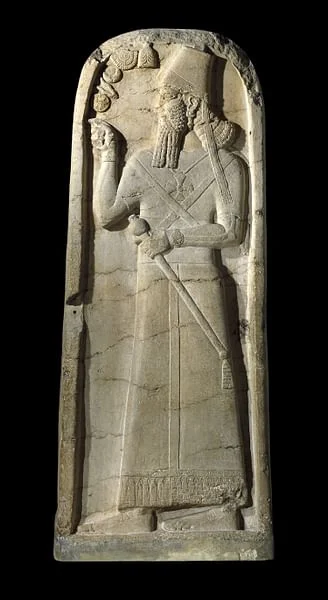
Key aspects of Anu’s significance
- The Celestial Ruler: Anu is hailed as the supreme ruler of the gods, presiding over the divine council and making weighty decisions that shape the destiny of gods and mortals alike.
- Cosmic Balance: As the god of the sky, Anu symbolizes the equilibrium between the heavenly and earthly realms, fostering harmony and order throughout the cosmos.
- Guardian of Fate: In his role as the keeper of the Tablets of Destiny, Anu possesses the power to govern the fate and destinies of all beings, underscoring his pivotal role in the unfolding of events.
Anu’s veneration and worship
- Temples and Shrines: Magnificent temples and shrines were erected in his honor throughout ancient Mesopotamia, serving as centers of worship and offering prayers for divine blessings.
- Rituals and Ceremonies: Elaborate rituals and ceremonies were performed to pay homage to Anu, seeking his favor for favorable harvests, prosperity, and protection.
- Cosmic Offerings: Offerings of incense, libations, and sacred prayers were dedicated to Anu, signifying the recognition of his celestial sovereignty and the interconnectedness of gods and humans.
2. Ninhursag – The Divine Mother of All Living Beings
Ninhursag, the nurturing mother goddess, held a central place in the Anunnaki pantheon. She was revered as the “Lady of the Mountain” and the “Mother of All Living.” With her wisdom and nurturing essence, she played a crucial role in the creation and sustenance of life.

The significance of Ninhursag
- Role in Creation: According to Mesopotamian mythology, Ninhursag was involved in the creation of humanity, shaping mankind from clay and imbuing them with life.
- Fertility and Motherhood: As the divine embodiment of fertility, Ninhursag was worshipped to ensure bountiful harvests and healthy offspring.
- Healer and Protector: Ninhursag was also revered as a healer, curing ailments and providing protection to those in need.
3. Enki – The Wise God of Water and Craftsmanship
Enki, often referred to as Ea, was a multifaceted deity associated with wisdom, magic, and water. As one of the most prominent Anunnaki gods, he held sway over both the Apsu (the watery abyss) and the wisdom of civilization.

Enki’s domains and influence
- God of Wisdom: Enki possessed unparalleled wisdom and knowledge, guiding humanity in various arts, sciences, and crafts.
- Patron of Humanity: He was seen as a benevolent deity, intervening on behalf of mankind and aiding them in times of need.
- Master of Water: As the god of water, Enki controlled the life-giving rivers and ensured fertile lands for agriculture.
4. Enlil – The Supreme Deity and Ruler of the Cosmos
Enlil, the formidable god of the air and earth, held the highest position among the Anunnaki gods. As the supreme ruler of the cosmos, his decisions shaped the fate of both gods and mortals alike.

Enlil’s role and attributes
- Cosmic Authority: Enlil’s power extended beyond the heavens and earth, overseeing natural forces and celestial events.
- Keeper of the Tablets of Destiny: He held the Tablets of Destiny, which bestowed control over the destinies of gods and humanity.
- Influence on Humanity: Enlil was seen as both benevolent and stern, rewarding obedience and punishing disobedience.
5. Ninlil – The Queen of Heaven and Earth

Ninlil, also known as Sud, was a prominent goddess in the Anunnaki pantheon, revered as the Queen of Heaven and Earth. She personified fertility and motherhood and played a vital role in maintaining harmony and balance in the cosmos.
Key aspects of Ninlil
- Divine Consort: Ninlil was the wife of Enlil, solidifying her position as the chief goddess alongside the supreme ruler.
- Mother of the Moon God: She bore Nanna (also known as Sin), the god of the moon, further cementing her significance in the divine family tree.
- Patroness of Women: Ninlil was often invoked by women seeking blessings for safe childbirth and maternal protection.
6. Ninsun – The Divine Matron of Heroes
Ninsun, a prominent goddess in Mesopotamian mythology, earned her place as the divine matron of heroes. As the mother of the legendary king Gilgamesh, her influence extended to both the divine and mortal realms.

The significance of Ninsun
- Motherly Support: Ninsun’s unwavering support and guidance played a crucial role in shaping Gilgamesh into a heroic figure.
- Wisdom and Prophecy: She possessed the gift of prophecy, offering valuable insights and foresight to those seeking counsel.
- An Inclusive Deity: Ninsun was accessible to both gods and mortals, demonstrating her inclusive nature in the pantheon.
7. Lugalbanda – The God of Knowledge and Inspiration
Lugalbanda, the oft-overlooked god of knowledge and inspiration, held a unique role in the Anunnaki pantheon. While not as widely celebrated as other gods, his contributions were vital to ancient Mesopotamian culture.

Lugalbanda’s significance and attributes
- Patron of Scribes: Lugalbanda was revered as a patron of scribes, promoting the art of writing and preserving historical records.
- Guardian of Wisdom: He was associated with knowledge, philosophy, and the pursuit of intellectual growth.
- Divine Adventures: Lugalbanda was renowned for his heroic exploits, serving as an inspiration for adventurers and wanderers.
8. Marduk – The Supreme God of Babylon
Marduk, the patron deity of Babylon, rose to prominence during the reign of the Babylonian Empire. As the supreme god of this era, he held a position of great significance and became a central figure in Mesopotamian religious beliefs.

The significance of Marduk
- Divine Triumph: Marduk’s rise to power was associated with the creation of the cosmos and his victory over the primordial goddess Tiamat.
- Babylonian National Deity: He became the protector and guardian of Babylon, symbolizing the city’s supremacy and divine favor.
- Enuma Elish: The epic poem Enuma Elish narrates Marduk’s heroic deeds and the establishment of his divine authority.
9. Ninurta – The Heroic God of War and Agriculture
Ninurta, the valiant god of war and agriculture, exemplified the duality of divine beings in Mesopotamian mythology. His attributes ranged from martial prowess to nurturing agricultural endeavors.

Ninurta’s role and attributes
- Warrior and Champion: He was celebrated for his victories over chaos and evil, portraying him as a defender of order and justice.
- Agriculturist: Ninurta was also linked to agricultural fertility, as he was believed to oversee the irrigation and cultivation of crops.
- Divine Weapon: He wielded the powerful mace “Sharur,” often depicted as a formidable weapon against adversaries.
10. Ninnar – The Divine Illuminator of Night
Ninnar, known as Sin, took on the role of the Mesopotamian god of the moon and wisdom. As the illuminator of the night sky, he held a prominent position in the celestial hierarchy.
Ninnar’s significance and symbolism
- Lunar Symbolism: Ninnar’s phases represented the cyclical nature of life, death, and rebirth, influencing various religious observances.
- Wisdom and Guidance: He was associated with the wisdom that emanates from the moon’s soft glow, offering direction and insight to humans.
- Mesopotamian Calendar: The lunar calendar played a crucial role in Mesopotamian timekeeping, regulating agricultural activities and festivals.
11. Gilgamesh – The Legendary Hero and Demigod
Gilgamesh, the legendary hero, and demigod, stands as one of the most iconic figures in ancient mythology. As the king of Uruk, his adventures and quest for immortality have been immortalized in the Epic of Gilgamesh, the oldest known epic poem in human history.

The Legacy of Gilgamesh
- Heroic Exploits: Gilgamesh’s heroic deeds and encounters with mythical beings and challenges showcased his prowess and courage.
- Friendship with Enkidu: His close bond with Enkidu, a wild man created by the gods, brought forth themes of companionship and mortality.
- Search for Immortality: Faced with the inevitability of death, Gilgamesh sought eternal life, only to realize the value of a meaningful existence.
12. Nabu – The God of Writing and Wisdom
Nabu, the god of writing and wisdom, played a vital role in the transmission of knowledge and the development of writing systems in ancient Mesopotamia.

Nabu’s significance and attributes
- Patron of Scribes: Nabu was revered as the patron deity of scribes, scholars, and intellectuals, guiding their pursuit of knowledge.
- Cuneiform Script: He was associated with the invention and development of cuneiform writing, a system of wedge-shaped characters on clay tablets.
- Wisdom and Prophecy: As a god of wisdom, Nabu was also believed to possess prophetic abilities, offering insights into the future.
13. Dumuzid – The Shepherd God and Symbol of Renewal
Dumuzid, often referred to as Tammuz was a god closely linked with agricultural cycles and seasonal renewal. His myth centered around the cycle of life, death, and rebirth.

Dumuzid’s role and symbolism
- Agricultural Cycle: Dumuzid’s life and death were believed to mirror the annual cycle of vegetation, representing the death and rebirth of crops.
- Inanna’s Beloved: His myth involved a complex relationship with the goddess Inanna, symbolizing the intertwining of love, death, and fertility.
- Rituals of Mourning: Dumuzid’s descent to the underworld led to mourning rituals and lamentations in honor of the dying and reviving god.
14. Inanna – The Queen of Heaven and Earth
Inanna, the Queen of Heaven and Earth, held a prominent place in the Mesopotamian pantheon. As the goddess of love, war, and fertility, she embodied both the nurturing and fierce aspects of feminine divinity.

Inanna’s significance and attributes
- Love and Fertility: Inanna was celebrated as the source of love and fertility, blessing marriages and ensuring prosperous unions.
- Warrior Goddess: She was also a formidable warrior, leading armies into battle and defending her devotees in times of conflict.
- Descent to the Underworld: In one of the most iconic myths, Inanna’s descent to the underworld depicted her journey through death and resurrection, symbolizing the changing seasons.
15. Uttu – The Anunnaki Goddess of Plants and Vegetation
Uttu, the lesser-known goddess of plants and vegetation, played a crucial role in agricultural prosperity and the growth of crops in ancient Mesopotamia.
Uttu’s role and symbolism
- Caretaker of the Garden: As the divine caretaker of the sacred orchard and garden, Uttu ensured the fertility and abundance of vegetation.
- Connections to Other Deities: Uttu’s close association with Enki and Ninhursag further emphasized her role in nurturing life and supporting growth.
- Symbol of Renewal: Her involvement in the natural cycles of planting, growth, and harvest made her a symbol of renewal and abundance.
16. Ereshkigal and Nergal – The Gods of the Underworld
Ereshkigal and Nergal formed the divine ruling pair of the underworld in Mesopotamian mythology. Together, they presided over the realm of the dead and the mysteries of the afterlife.
The significance of Ereshkigal and Nergal
- Guardians of the Netherworld: Ereshkigal ruled over the land of the dead, while Nergal held dominion over the dark and desolate underworld.
- Inanna’s Descent: The epic myth of Inanna’s descent to the underworld highlighted the interaction between the realms of the living and the dead.
- Themes of Death and Rebirth: The duo symbolized the cyclical nature of life, death, and regeneration, reflecting the eternal cycle of existence.
As we delve deeper into the Mesopotamian Gods Anunnaki Family Tree, we uncover a tapestry of divine beings who influenced every aspect of ancient civilization. From the nurturing presence of Ninhursag to the cosmic rule of Enlil, each deity left an indelible mark on the beliefs and practices of a bygone era. The Anunnaki continue to fascinate and inspire us, serving as a testament to the enduring power of mythology in shaping human culture and spirituality.
Frequently Asked Questions (FAQs) – Mesopotamian Gods Anunnaki Family Tree
Q1: Who were the main gods in the Mesopotamian Gods Anunnaki Family Tree?
A1: The main gods included Anu, Enlil, Enki, Ninlil, Ninhursag, Ninsun, Lugalbanda, Marduk, Ninurta, and Inanna.
Q2: What were Ninhursag’s roles?
A2: Ninhursag was revered as the mother goddess, and creator of humanity, and associated with fertility and healing.
Q3: What were Enki’s main domains?
A3: Enki’s main domains encompassed wisdom, water, magic, and craftsmanship, making him an esteemed figure in Mesopotamian culture.
Q4: How did Enlil influence Mesopotamian beliefs?
A4: Enlil held cosmic authority as the supreme ruler of the gods, overseeing natural forces and celestial events.
Q5: What were Ninlil’s attributes?
A5: Ninlil was celebrated as the Queen of Heaven and Earth, embodying fertility, motherhood, and support for women.
Q6: Who was Ninsun, and what was her connection to Gilgamesh?
A6: Ninsun, the divine matron of heroes, was the mother of the legendary king Gilgamesh, significantly influencing his heroic endeavors.
Q7: What was Lugalbanda’s contribution to Mesopotamian culture?
A7: Lugalbanda contributed to Mesopotamian culture as the patron of scribes, fostering writing, literature, and intellectual growth.
Q8: What made Marduk the supreme god of Babylon?
A8: Marduk’s supremacy stemmed from his victory over the primordial goddess Tiamat, solidifying his position as Babylon’s protector and patron deity.
Q9: What were the roles of Ninurta?
A9: Ninurta served as the god of war, defending order and justice, and as an agriculturist, overseeing crop growth and cultivation.
Q10: Who was Inanna, and what did she represent?
A10: Inanna, the goddess of love, war, fertility, and heaven and earth, embodied both nurturing and fierce aspects, significantly influencing human life, from love to military endeavors.
References-:
Shop amazing Anunnaki Merchandise at our store, Follow us on Facebook, Instagram, And For More Interesting Content Also Subscribe To Our Youtube Channel.

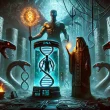
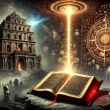

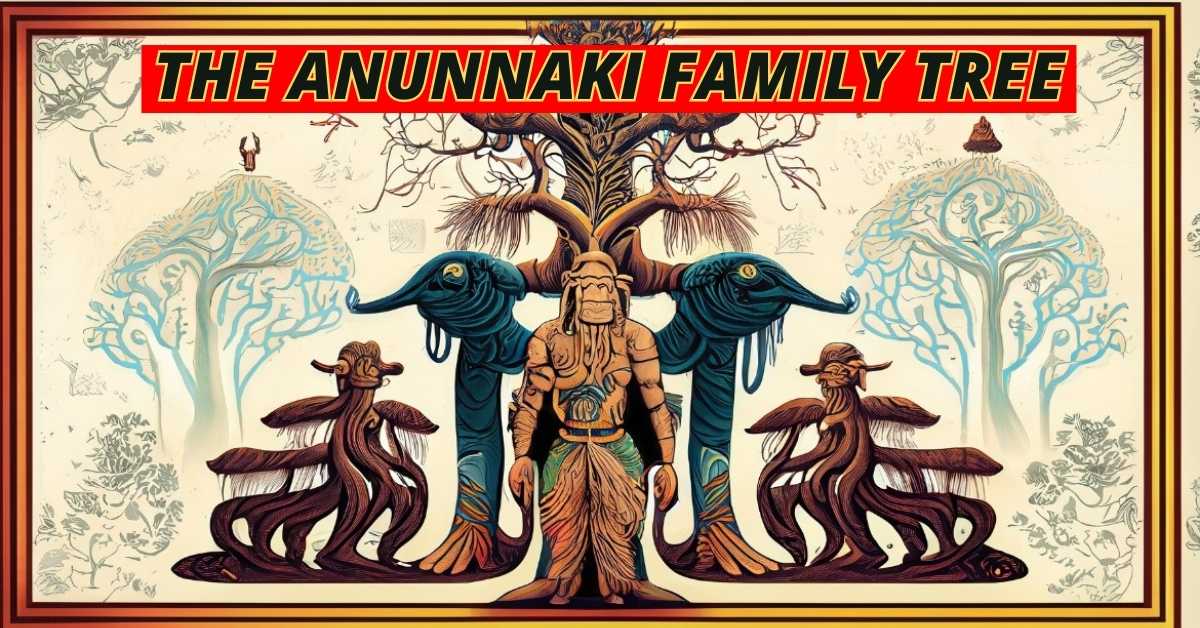

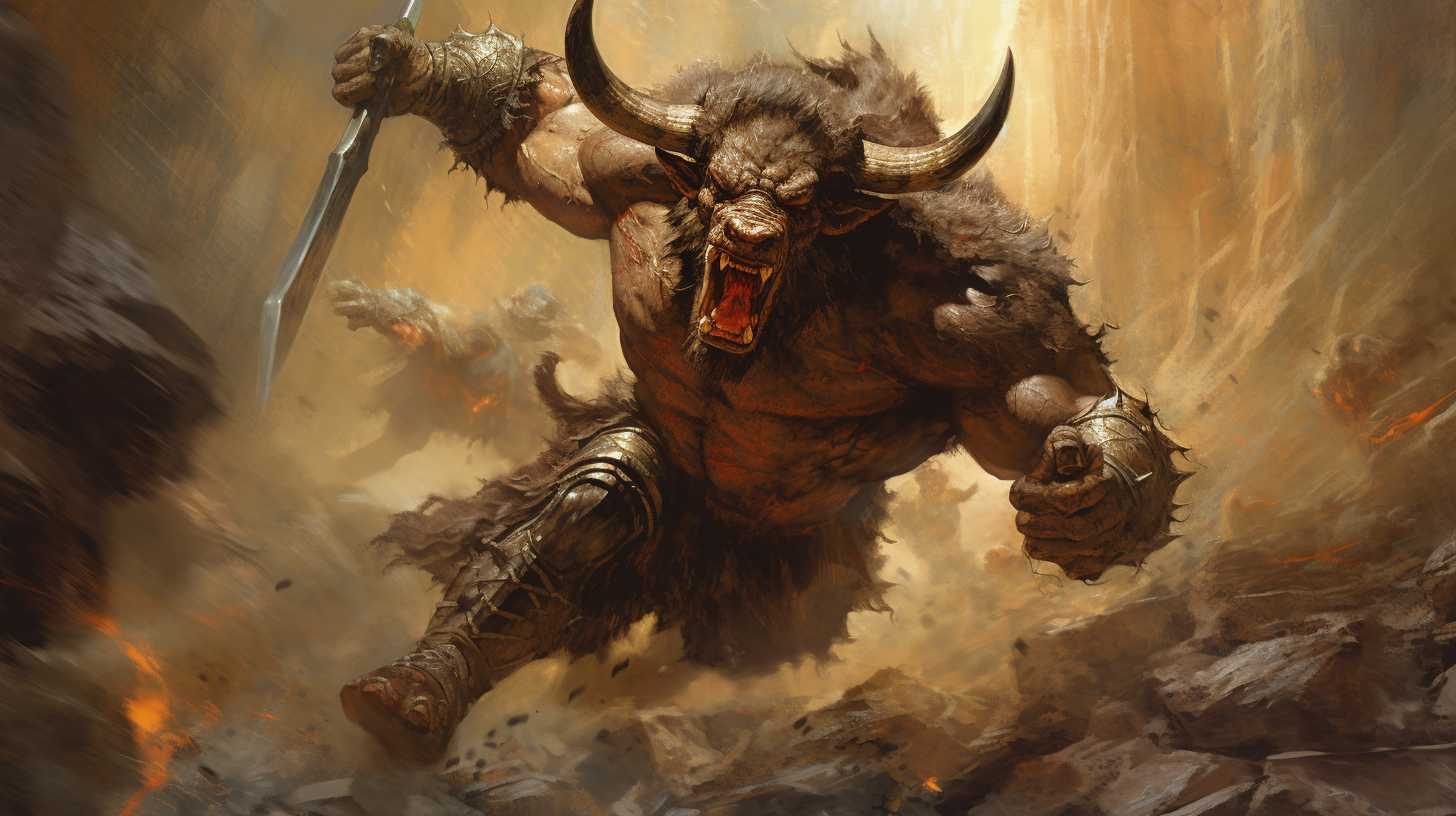
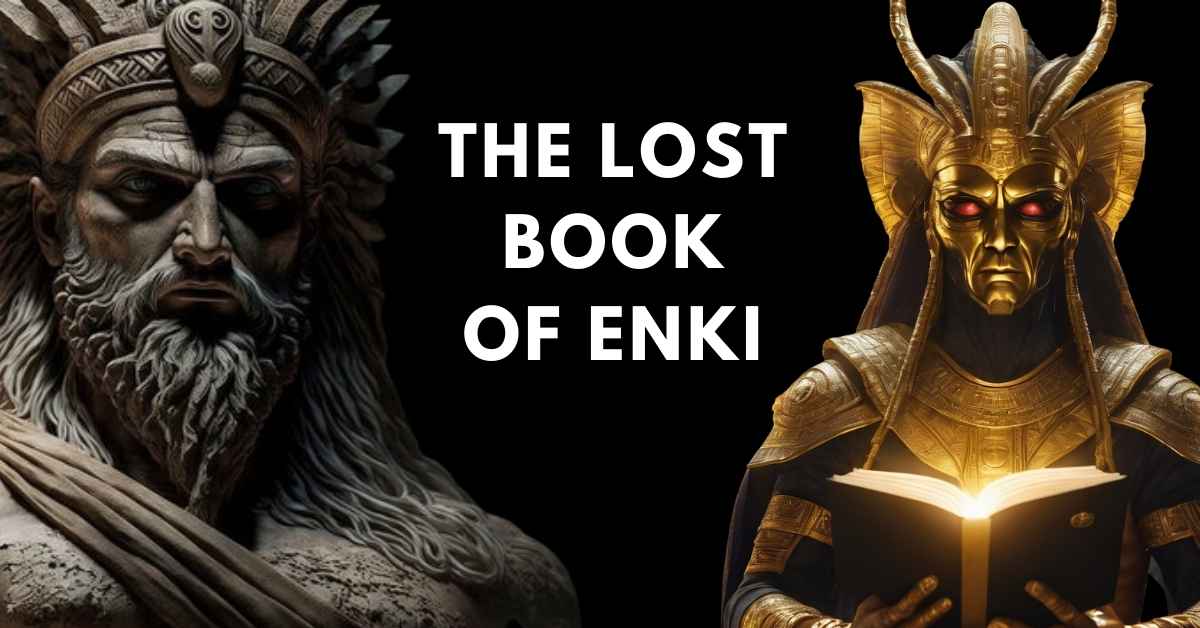
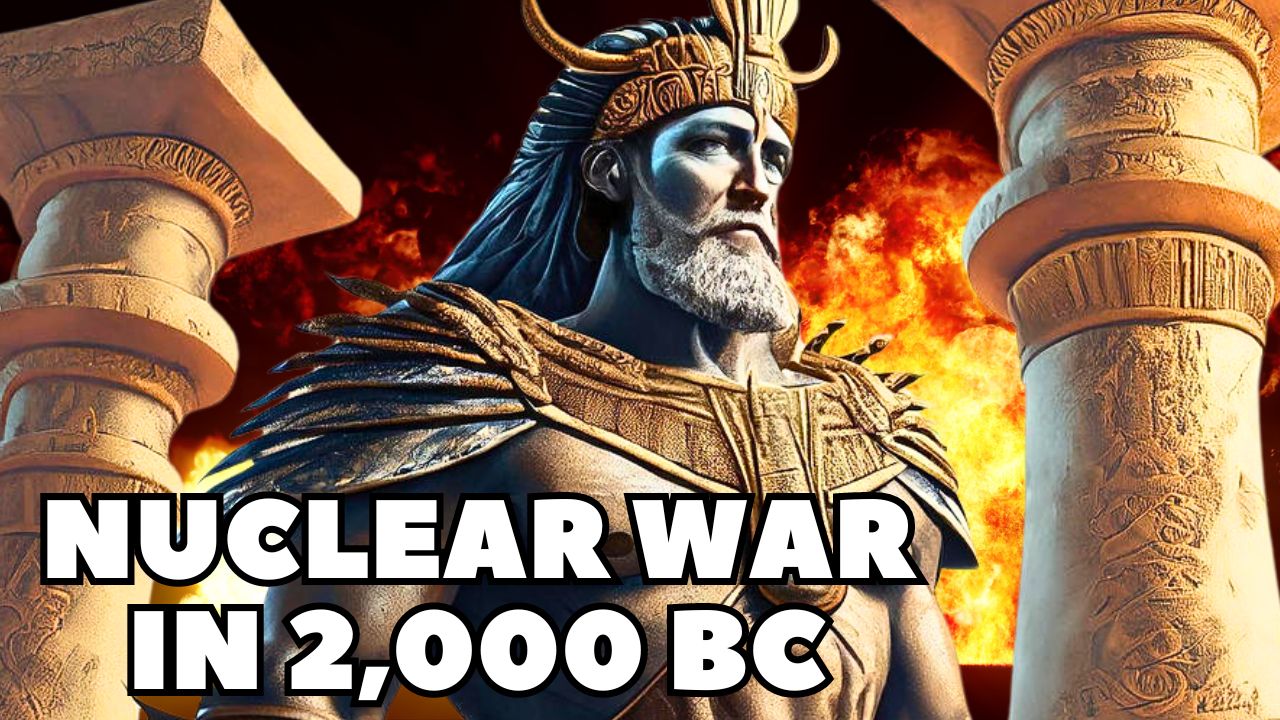

4 comments